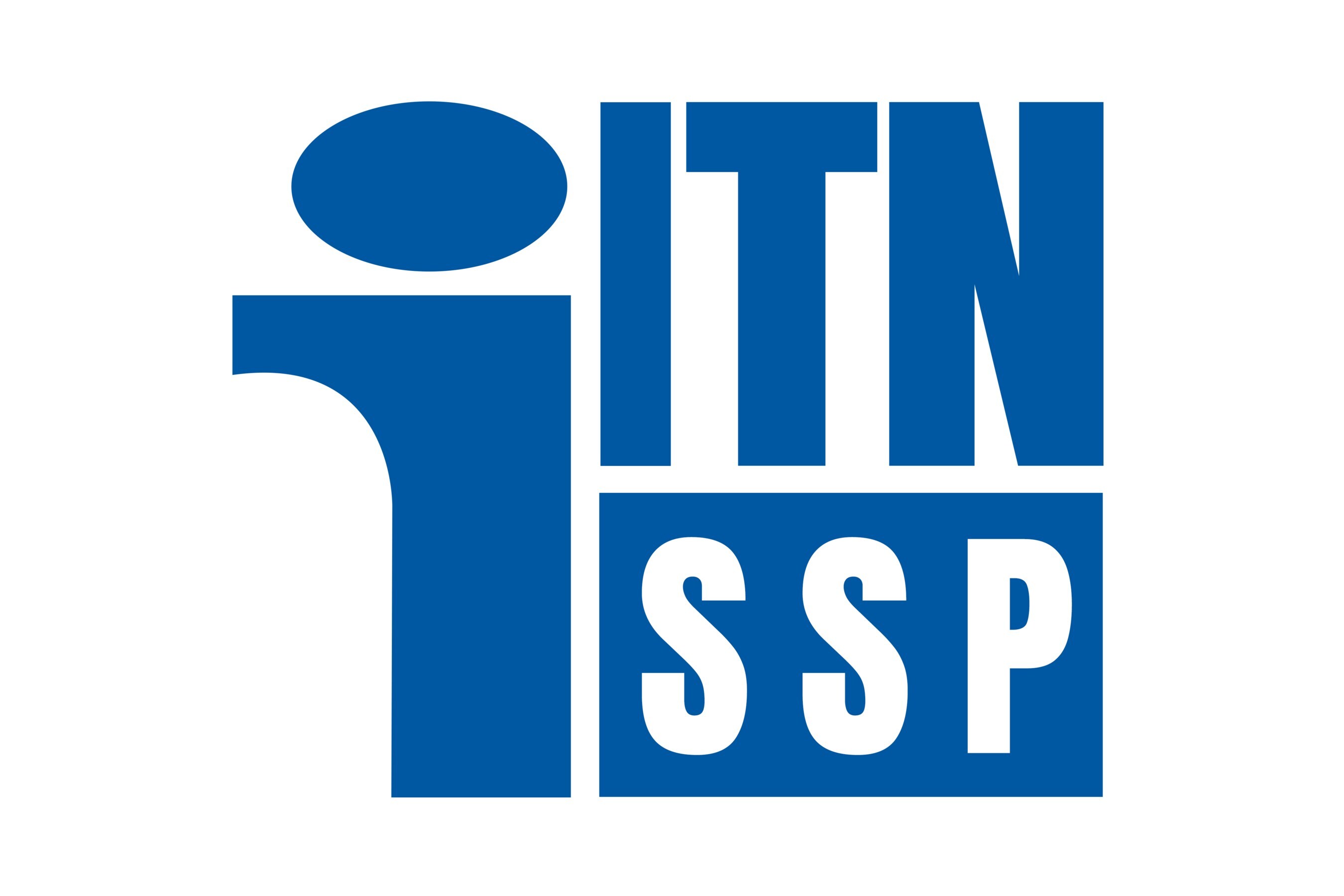Distributed Transmission Standard Approved
The Advanced Television System Committee (ATSC) has approved and released ATSC Standard A/110covering distributed transmission (DTx) systems. The released standard covers distributed translator systems (DTxR) using two channels as well as distributed transmitters operating using one channel. Digital on-channel repeaters (DOCRs) are not covered under the standard, although it notes they can be used to extend and fill in coverage from DTx and DTxR systems.
In the announcement of the distributed transmission standard, ATSC President Mark Richer commented, "Distributed transmission (DTx) holds the potential to greatly improve the coverage and service areas of DTV transmission." He cautioned "distributed transmission systems must be carefully implemented, so we (ATSC) are in the process of developing a companion Recommended Practice on the design of synchronized multiple transmitter networks."
In DTx systems, some DTV receivers will receive signals from more than one transmitter. To prevent the signals from interfering with each other, each transmitter in the DTx system has to send exactly the same data stream. In addition, to appear as multipath rather than interference, the multiple signals have to arrive at the receiver close enough in time for the receiver adaptive equalizer to be able to compensate for them. The acceptable "delay spread," as the difference in arrival times is called, is much smaller for older DTV receivers than for the latest designs. If the transmitters are not on the same frequency, in addition to the delay spread, the receiver will have to deal with the apparent Doppler shift.
ATSC Standard A/110 provides techniques for making sure all transmitters are transmitting the same data stream. These include identifying the first packet in a Data Field so the modulators in all transmitters initialize their pseudo random binary sequence values on the same transport stream packet. Identifying this packet also allows synchronization of the Read Solomon error correcting code and the byte and bit interleaving. The standard defines a Cadence Signal a Distributed Transmission Packet (DTxP) to accomplish this and for slaving the pre-coders and trellis encoders at each transmitter site. Time-offset data is sent to the slave synchronizers at each transmitter site to adjust the timing of the data relative to other transmitters to compensate for different distances from major population areas. For more information on this, refer to my RF Technology columns available on the TVTechnology.com Web site - Single Frequency Networks for DTV Part 1 and Minimizing Delays in Single Frequency Networks.
In the news release announcing adoption of a Report and Order to promote the DTV transition, the FCC said it was committed to "opening a fast-track proceeding on distributed transmission technology while agreeing to consider individual deployments on a case-by-case basis in the interim." Release of ATSC Standard A/110 should facilitate this process. Many DTV transmitter manufacturers are expected to support the standard.
The professional video industry's #1 source for news, trends and product and tech information. Sign up below.
